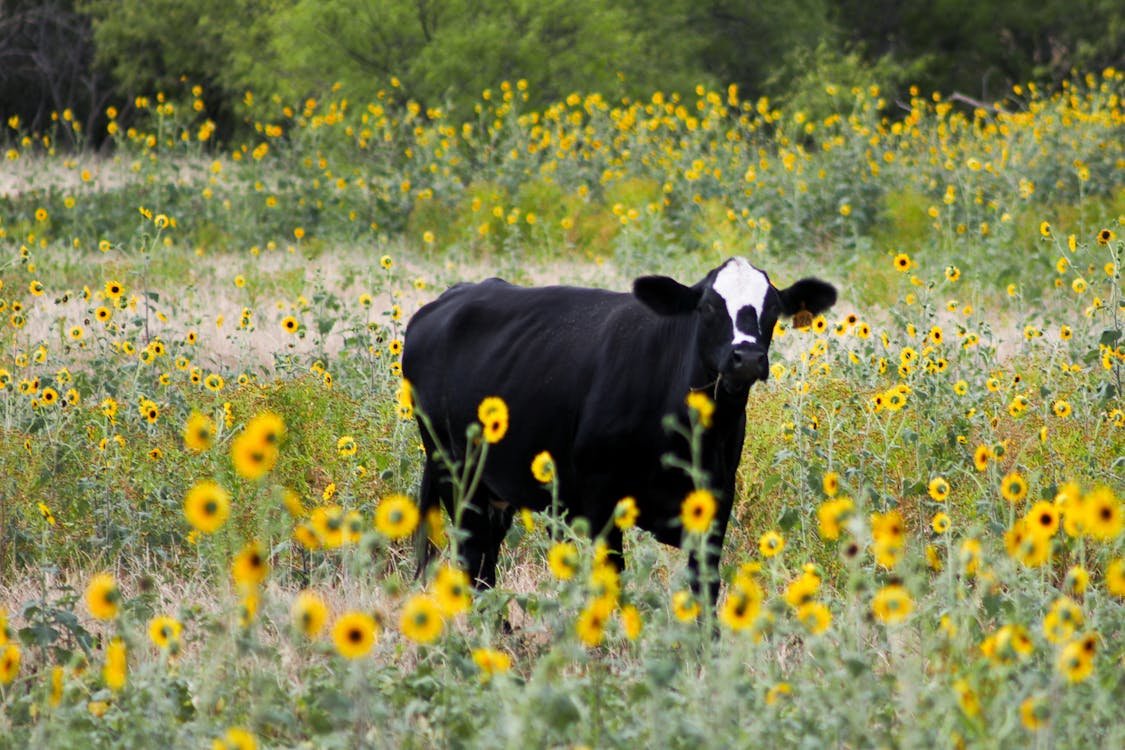Raising healthy cows is crucial for any successful cattle operation, whether for beef production or dairy farming. One of the most significant factors influencing the health and productivity of cows is pasture management. Implementing best practices in pasture management can lead to improved animal health, better nutrition, and enhanced economic returns. Here are some essential strategies for effective pasture management.
1. Soil Health and Fertility
Test Soil Regularly
Regular soil testing is vital to understand nutrient levels, pH, and organic matter content. This information guides you in making informed decisions regarding fertilization and lime application.
Organic Matter Addition
Adding organic matter, such as compost or manure, improves soil structure, water retention, and nutrient availability, leading to healthier pastures.
Fertilization
Based on soil tests, apply fertilizers judiciously to maintain soil fertility. Use both organic and synthetic fertilizers according to the specific needs of the pasture.
2. Pasture Rotation
Implement Rotational Grazing
Rotational grazing involves dividing pastureland into smaller sections and rotating cows between them. This practice prevents overgrazing, allows pastures to recover, and improves forage quality.
Timing and Duration
Manage grazing timing and duration to ensure that grasses are not grazed too short, which can lead to weakened plants and reduced regrowth. Aim to leave at least 3-4 inches of grass after grazing.
3. Forage Quality
Choose the Right Grass Species
Select forage species that are well-suited to your local climate and soil type. Cool-season grasses, warm-season grasses, legumes, or a mix can be chosen based on your region.
Maintain Diverse Pastures
Diversity in pasture species can enhance soil health and provide better nutrition for cows. A mix of grasses and legumes helps ensure a balanced diet, reducing reliance on supplements.
4. Water Supply
Ensure Clean Water Access
Access to clean, fresh water is essential for cow health. Ensure that water sources are reliable and kept free from contamination.
Monitor Water Quality
Regularly test water quality to ensure it meets health standards. Poor water quality can lead to health issues and reduce feed intake.
5. Pest and Weed Management
Integrated Pest Management (IPM)
Implement an IPM approach to control pests and diseases while minimizing chemical use. This includes monitoring pest populations, using biological control methods, and rotating crops.
Weed Control
Regularly assess pastures for invasive weeds that can choke out desirable forage. Implement mechanical, cultural, and chemical control methods to keep weeds in check.
6. Animal Health Monitoring
Regular Health Checks
Conduct routine health checks on cows to monitor for signs of illness, injury, or nutritional deficiencies. Early detection of health issues is key to effective management.
Vaccination and Parasite Control
Establish a vaccination and parasite control program in consultation with a veterinarian. Healthy cows are better able to utilize pasture efficiently.
7. Seasonal Management
Adjust Grazing Practices with Seasons
Adapt grazing strategies according to seasonal changes. For instance, in spring, allow cows to graze on rapidly growing grass, and in summer, manage grazing to prevent overgrazing during dry spells.
Plan for Drought
Have a drought management plan in place that includes supplemental feeding or alternative grazing options when pasture growth is limited.
Conclusion
Implementing best pasture management practices is essential for raising healthy cows and ensuring a sustainable cattle operation. By focusing on soil health, implementing rotational grazing, maintaining water quality, managing pests and weeds, and monitoring animal health, cattle farmers can create an optimal environment for their livestock. Ultimately, these practices not only enhance the well-being of cows but also contribute to the long-term productivity and profitability of the farm.

